|
When we visited Kraków in October, I picked up two accounts of the Berestechko/ White Chapel campaign of 1651, in the fourth year of the Cossack uprising against the Polish-Lithuanian Commonwealth. One is about the whole campaign while the other looks in detail at the part played in it by the Lithuanian army under Grand Hetman Janusz Radziwiłł. Apart from a few Wikipedia articles, I knew nothing about this campaign, but was ready to pick up any book I could find about wars in the 17th century. I'm very glad I did. The History Since the uprising began in 1648, the Cossacks led by Khmelnytsky had inflicted a string of humiliating defeats upon Commonwealth armies. On one occasion, a Polish force had fled in panic just at the sight of the Cossacks and their Tatar allies. King Jan Kazimierz was determined to turn the tide in 1651 and two armies were levied for the year's campaign. The larger, Polish army led by the King in person operated in the south, while the smaller Lithuanian army invaded Cossack territory from the north. In several encounters through the campaign, Polish and Lithuanian forces restored their martial reputation. The year saw a series of engagements adaptable for wargames. They included cavalry raids deep into the enemy rear, opposed river crossings, several rearguard actions and two major battles, Berestechko and Biały Cerkiew (White Chapel). After the latter battle the two sides signed a truce that brought the year's campaign, but not the war, to an end. he Game On 27 December Keith and I played a game of Tercios, based on the battle of Loyev (Łojów) on 6 july 1651. At this battle, Radziwiłł forced a crossing across the Dnieper river, a key strategic point on the road to Kiev. The crossing was held by a Cossack force of 1000 men, entrenched along the riverbank. Radziwiłł managed to turn the position by sending a detachment of 2500 horse and dragoons under Mirski, several miles up river, that crossed unopposed, came back along the opposite bank and surprised the Cossack defenders while Radziwiłł forded the Dnieper in their front. Nebaba, the Cossack Hetman in the region, raced to Loyev with his army of 15000 to restore the position but was too late. He inflicted much damage on Mirski but was then assaulted by Radziwiłł. Nebaba died on the field and his army fled. Our game began after Mirski had defeated the original Cossack force and just as Nebaba arrived on the scene. Mirski's objective was to hold Nebaba off long enough for Radziwiłł to ford the Dnieper. Nebaba needed to brush Mirski aside and bring the ford within range of his muskets. He had just five turns to do this. If he had not brought his guns within range of the ford by then, too many of Radziwiłł's troops would be considered to have got across. In our game Keith took the role of Mirski and I was Nebaba. His force consisted of one unit of Hussars, five of Pancerni and three of Dragoons. Nebaba commanded eight units of foot and four of horse. Keith deployed forward, with his Dragoons on a low ridge, flanked by cavalry. I put all my horse on my right, aiming to outflank Mirski and make for the ford, while my foot would maintain pressure from the front. Phase 1: the left wing Lithuanian horse intercepted the Cossack horse and a seesaw Melee followed, in which the Lithuanians gained the advantage but accumulated a lot of casualties. Nevertheless they achieved their aim of stalling the Cossack advance on the ford. The Lithuanian right demonstrated before the Cossack infantry but gave ground. Phase 2: the Lithuanians assaulted the Cossack centre, disordering and then running down two Cossack foot regiments. In Tercios, it is particularly dangerous for formed infantry to fall into disorder near enemy horse. To top it all, a Pancerni unit, having broken through Cossack lines, ran down Nebaba, netting 3vps for Mirski. The Cossack left closed on the Dragoons along the ridge, only for the Dragoons to mount up and withdraw to directly cover the ford. Phase 3: the Cossack left pursued the Dragoons towards the ford but its centre and right continued to struggle with the Lithuanian horse. In the last turn of the game, Lithuanian losses started to rise due to accumulated wear and tear, but they had done enough to keep the Cossacks away from the ford and so won the game. The Tercios rules
This was a great game and Tercios worked very well. The order card system adds tension and excitement, with challenging decisions for players, on both original orders and the sequence of activating units. The mechanics are easy to remember and apply. So far we haven't felt the need to add house rules, which is a good sign! We did however use modified unit stats for the Cossacks. Those supplied in the rules are insufficient to recreate a Cossack army of this period. It's not unusual, but the rules' authors seem not to know that the Cossacks were a predominantly infantry army. The units described in the Kingdoms supplement are fine, but they are missing the formed infantry that made up 90% of the Cossack army. When I next have access to a standard computer, I will post the scenario for this battle.
1 Comment
2/1/2017 06:52:25 am
As always, a great openings on quite unknown period for western wargamers... Your scenario looks very fun to play... you'll get me for a cossack army :-)
Reply
Leave a Reply. |
Archives
November 2023
Categories
All
|
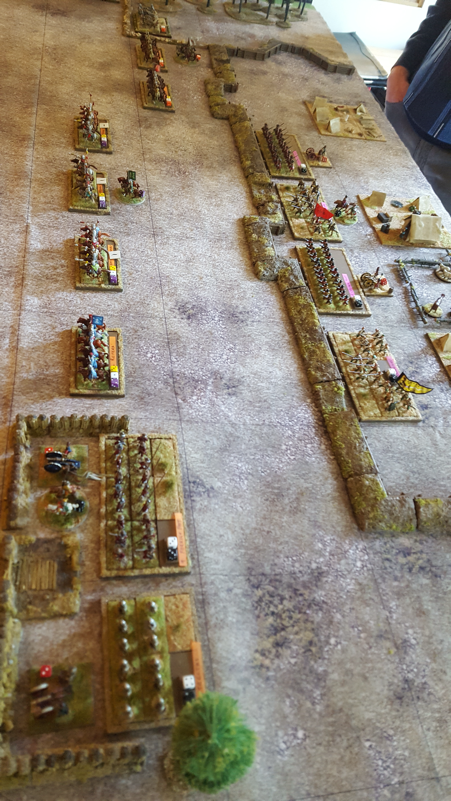
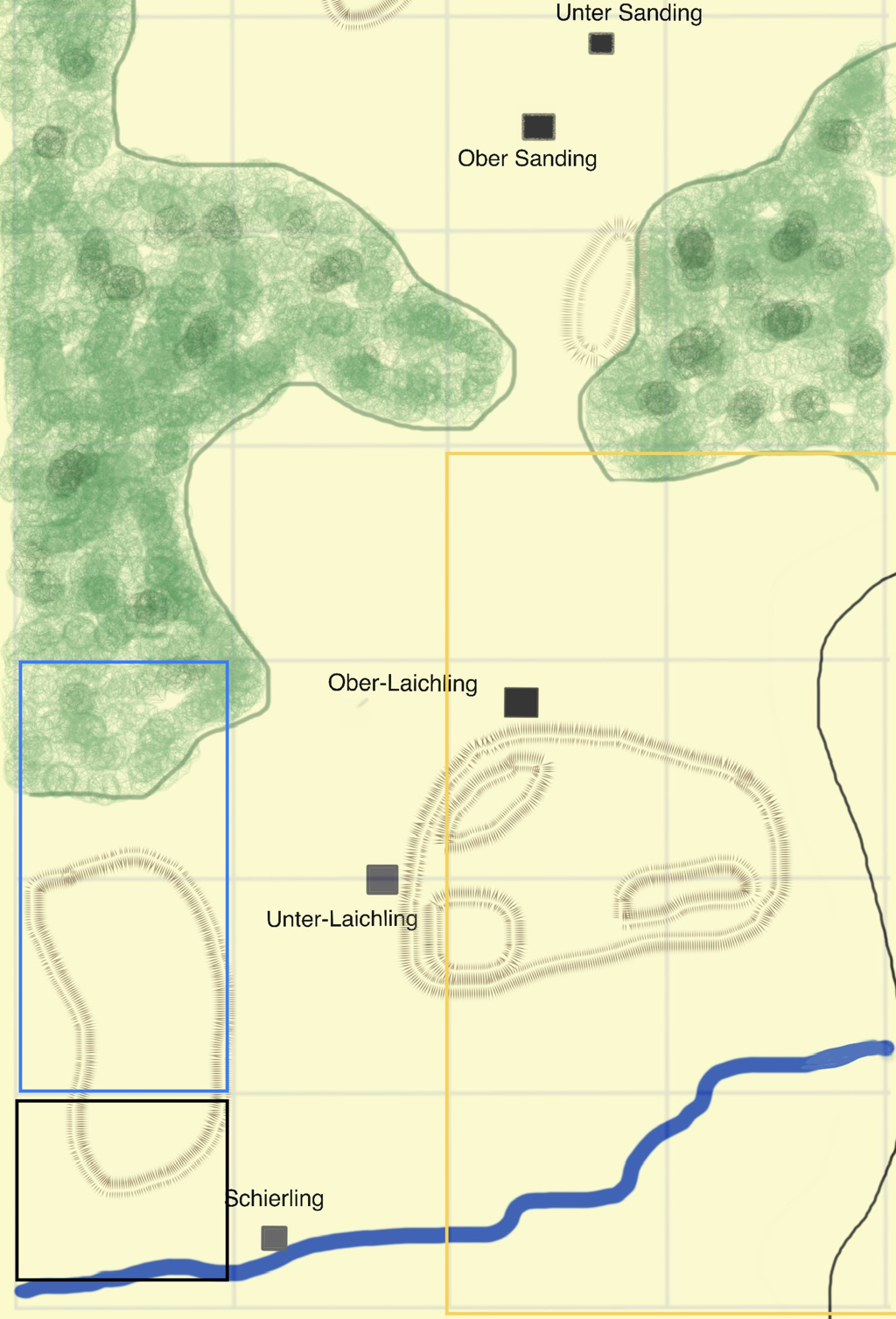
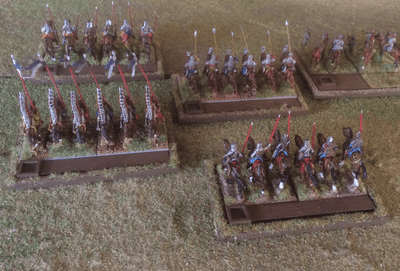
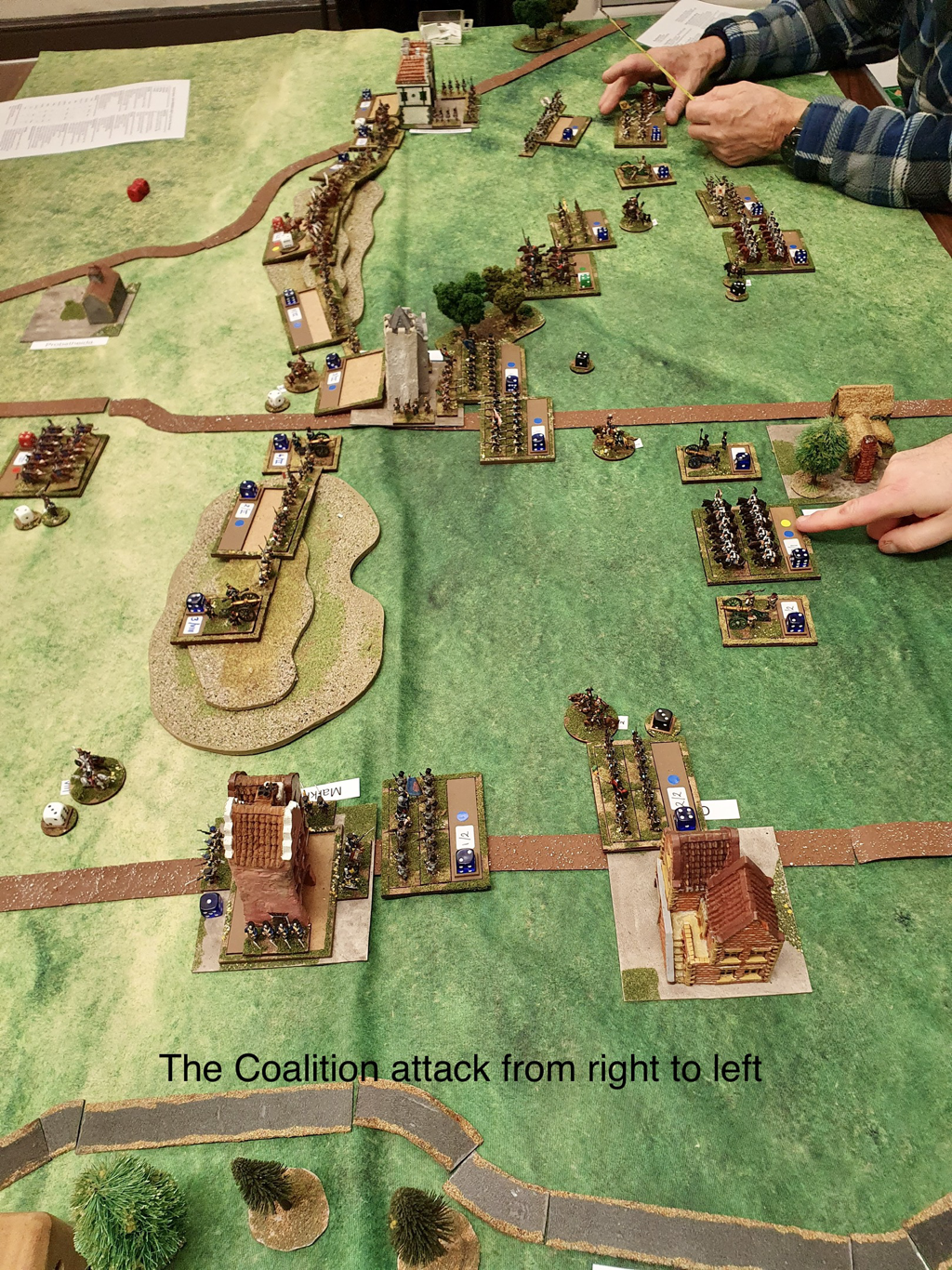
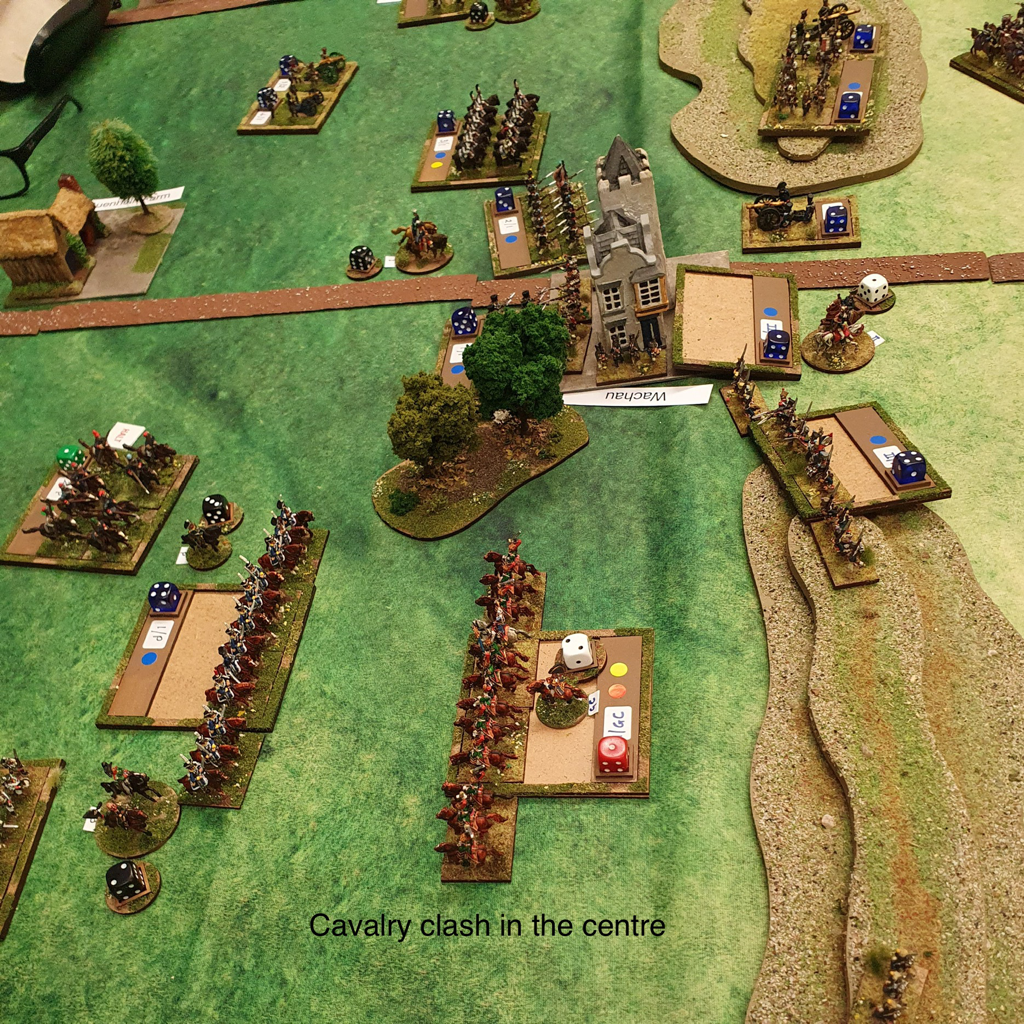

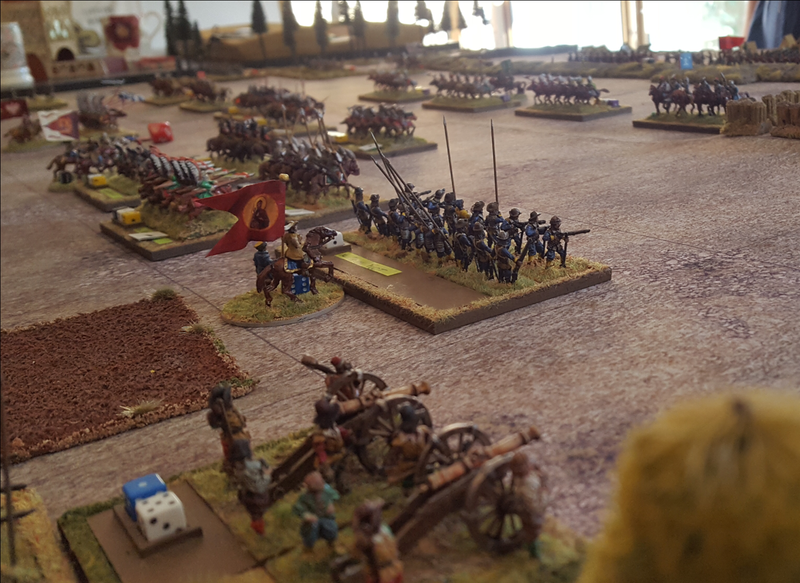
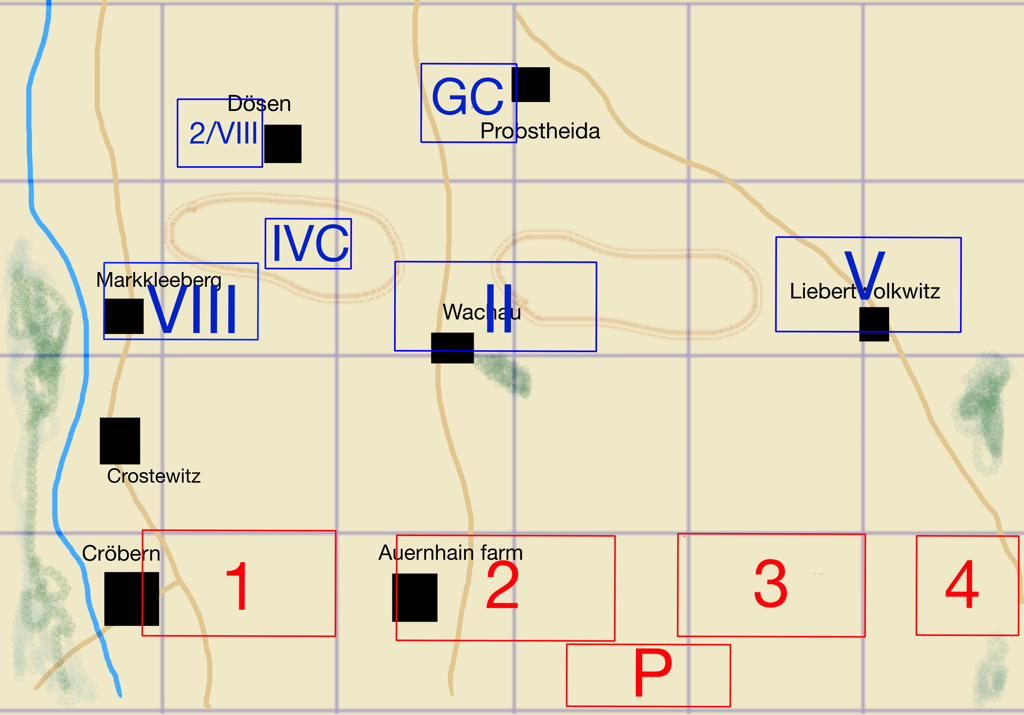
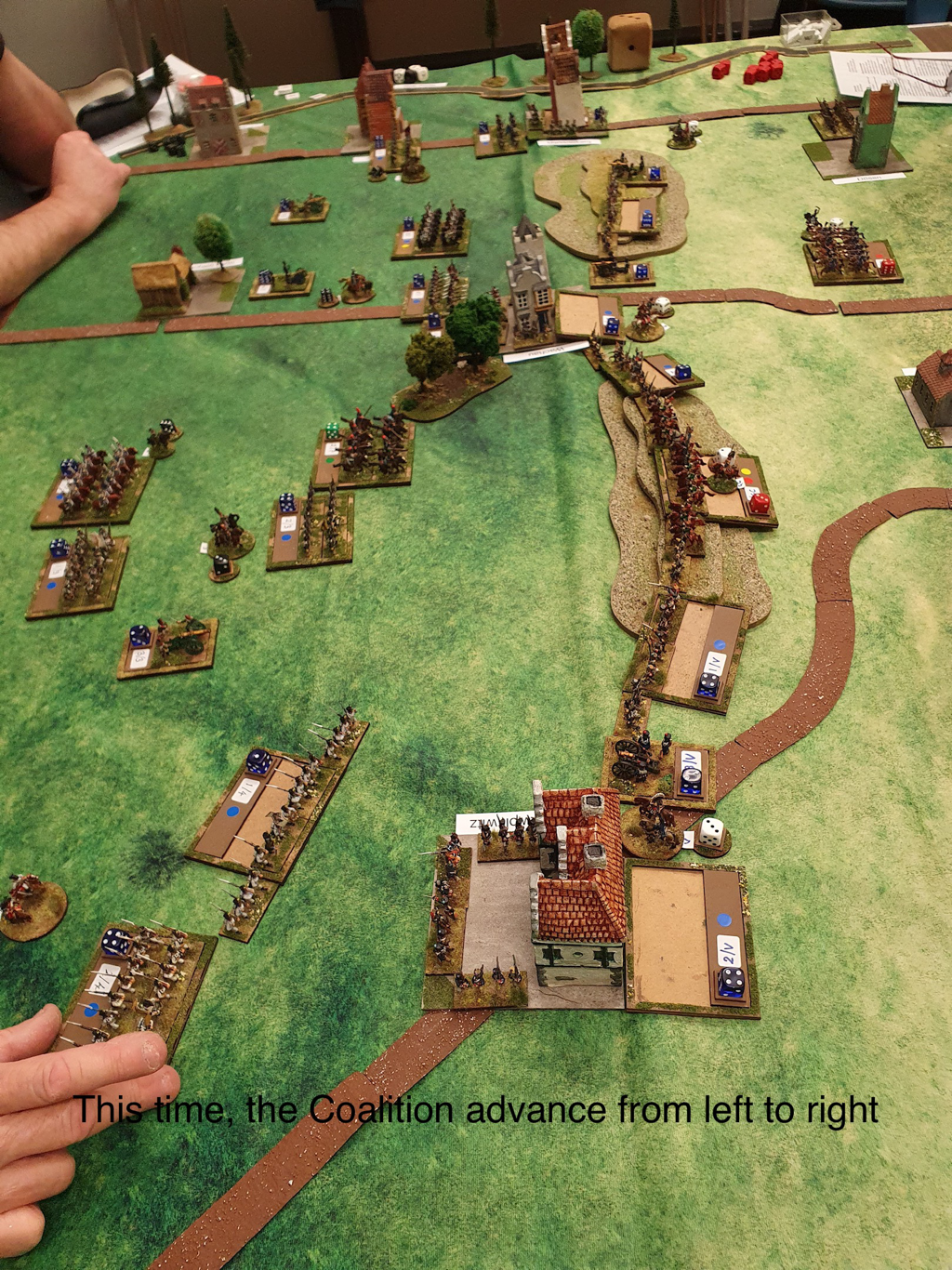
 RSS Feed
RSS Feed